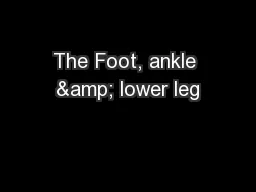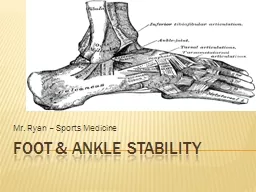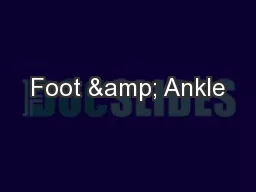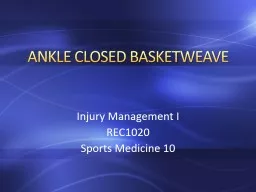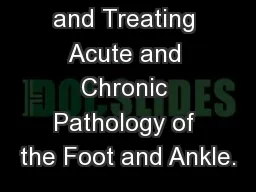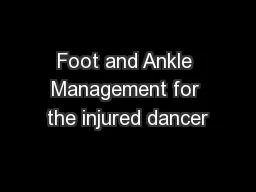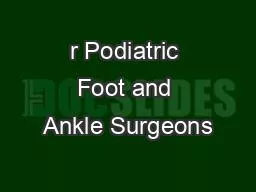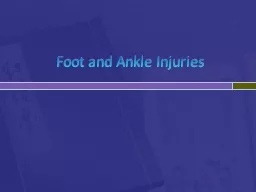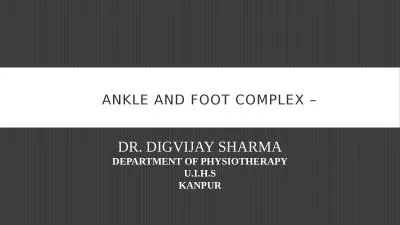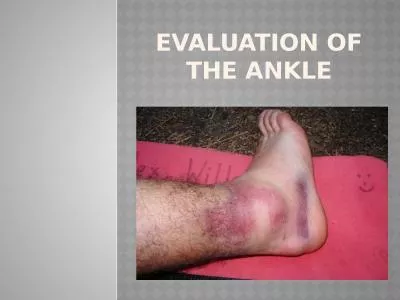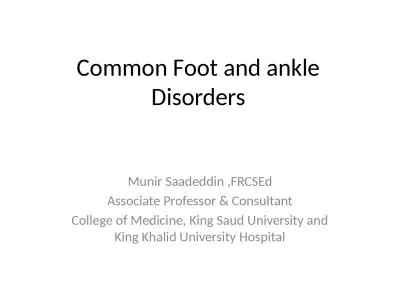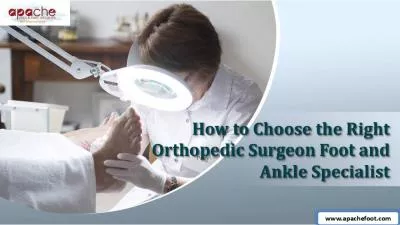PPT-The Foot & Ankle Foot & Ankle
Author : rouperli | Published Date : 2020-06-16
There are 28 bones in the lower legfoot including Tibia amp Fibula Malleolus medial amp lateral ends of the tibia amp fibula commonly referred to as the ankle bones
Presentation Embed Code
Download Presentation
Download Presentation The PPT/PDF document "The Foot & Ankle Foot & Ankle" is the property of its rightful owner. Permission is granted to download and print the materials on this website for personal, non-commercial use only, and to display it on your personal computer provided you do not modify the materials and that you retain all copyright notices contained in the materials. By downloading content from our website, you accept the terms of this agreement.
The Foot & Ankle Foot & Ankle: Transcript
Download Rules Of Document
"The Foot & Ankle Foot & Ankle"The content belongs to its owner. You may download and print it for personal use, without modification, and keep all copyright notices. By downloading, you agree to these terms.
Related Documents


